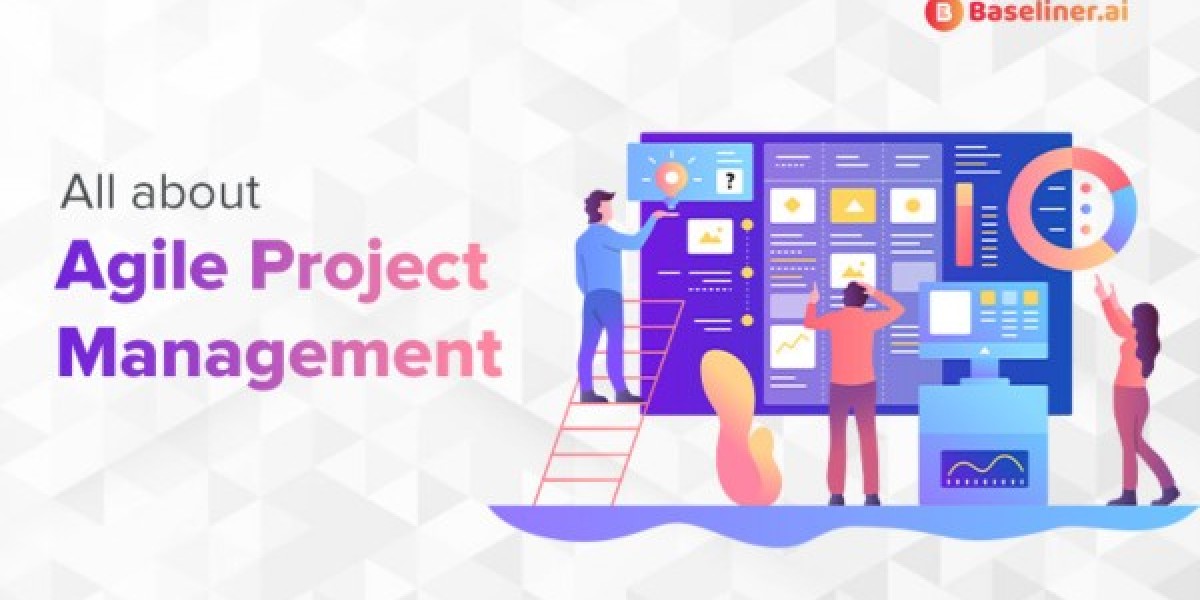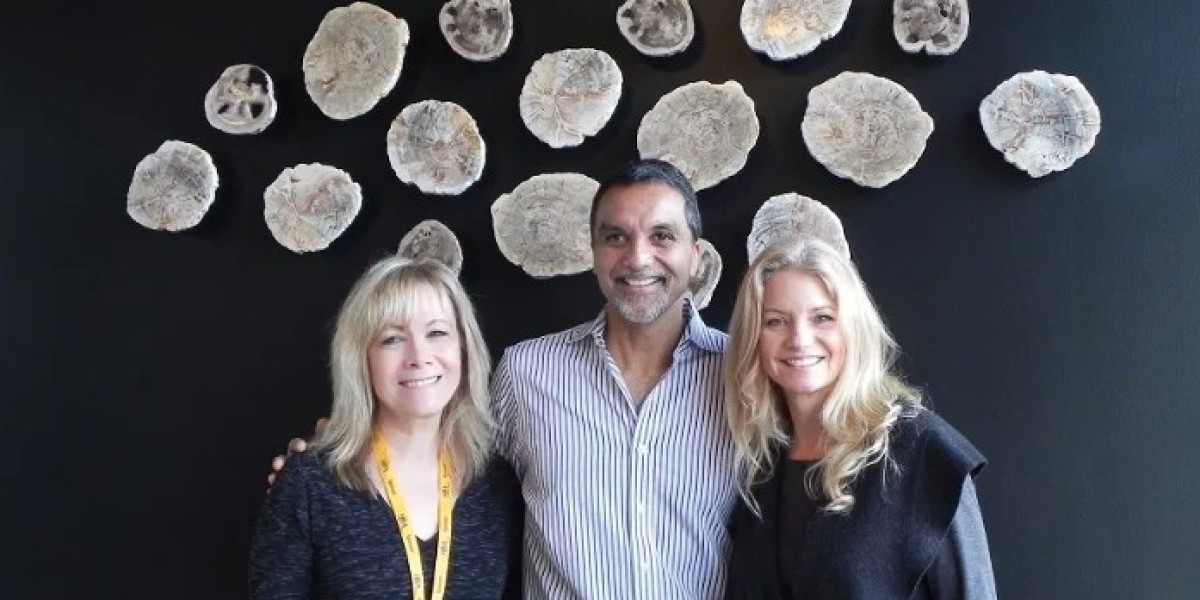Introduction to Agile Project Management
If you’ve ever worked on a project where the goalposts kept moving, the deadlines were tight, and team communication felt like a game of broken telephone—welcome to the world where Agile project management could be your new best friend.
Agile isn’t just another buzzword. It’s a mindset, a way of working that emphasizes adaptability, collaboration, and customer satisfaction. Let’s dive deep into what makes Agile so powerful and why it's reshaping the future of work.
History and Evolution of Agile
The Waterfall vs. Agile Debate
Before Agile came onto the scene, teams followed the Waterfall model—a linear approach where each phase (planning, development, testing, deployment) happened one after the other. But what happens when requirements change mid-project? Chaos.
Agile flipped that on its head by introducing iterative development, allowing for continuous feedback and flexibility.
Birth of the Agile Manifesto
In 2001, 17 software developers met in Utah and wrote the Agile Manifesto, a short and sweet declaration of four core values and 12 guiding principles. This was the genesis of Agile as we know it.
Core Principles of Agile
The 12 Agile Principles
Think of these as the DNA of Agile. A few highlights:
Customer satisfaction through early and continuous delivery.
Welcome changing requirements—even late in development.
Deliver working software frequently.
Build projects around motivated individuals.
Agile Values Explained Simply
Individuals and interactions over processes and tools
Working software over comprehensive documentation
Customer collaboration over contract negotiation
Responding to change over following a plan
Agile is all about value and people, not just process.
Key Benefits of Agile Project Management
Speed and Flexibility
Agile teams move fast and smart. Iterative sprints allow teams to deliver small chunks quickly, test them, and adjust.
Improved Collaboration and Transparency
Daily stand-ups, retrospectives, and continuous feedback loops mean everyone is on the same page - always.
Higher Customer Satisfaction
Because Agile involves clients throughout the process, what gets delivered is what the customer actually wants - not what they asked for six months ago.
Agile Frameworks and Methodologies
Agile isn't a one-size-fits-all. Here are popular approaches:
Scrum:Perfect for complex projects. Uses sprints, stand-ups, and specific roles.
Kanban: Focuses on visualizing work on boards. Great for continuous delivery.
Lean: Cuts out anything that doesn’t add value. Think of it as the minimalist version of Agile.
Extreme Programming (XP): Ideal for software projects needing high quality and frequent releases.
Crystal: Focuses on people, interactions, and communication—rather than tools and processes.
Scrum in Detail
Scrum Roles
Product Owner: Defines the "what"
Scrum Master: Keeps the team Agile
Team Members: Build the product
Scrum Ceremonies
Sprint Planning
Daily Standups
Sprint Reviews
Retrospectives
Scrum Artifacts
Product Backlog
Sprint Backlog
Increment
Scrum is like a well-oiled machine—with every part working in sync.
Agile Project Lifecycle
Concept – Define goals and scope
Inception – Form the team and plan sprints
Iteration Planning – Break work into manageable sprints
Release – Ship it!
Maintenance – Keep improving
It’s a cycle of build, measure, learn.
Agile Roles and Responsibilities
Agile is very role-specific, and every role has purpose:
Product Owner – Speaks for the customer
Scrum Master – Ensures process integrity
Team – Self-organizing, cross-functional
Stakeholders – Provide input and feedback
Common Challenges in Agile Projects
Agile is great, but not always smooth sailing.
Resistance to Change: Old habits die hard.
Poor Communication: Agile thrives on open dialogue.
Lack of Training: Teams need to be set up for success.
Scope Creep: Too much flexibility can backfire.
How to Successfully Implement Agile in Your Organization
Agile Mindset and Culture
Agile isn’t just a process—it’s a mindset. That means embracing change and trusting your team.
Team Training and Onboarding
Invest in training. A well-prepared team is an empowered team.
Pilot Projects
Start small. Test Agile on one project before rolling it out company-wide.
Measuring Success in Agile Projects
Velocity
Tracks how much work gets done in each sprint.
Burndown Charts
Shows how much work remains. Great for spotting bottlenecks early.
Customer Feedback
Ultimately, if the customer is happy, your Agile project is on point.
Real-world Use Cases and Success Stories
Microsoft: Uses
to power its cloud division.
Spotify: Custom Agile model called "Squads".
Airbnb & Uber: Adopted Agile for faster scaling.
Even Healthcare and Education are catching on!
The Future of Agile Project Management
AI in Agile
AI tools are helping with estimation, backlog grooming, and sprint analytics.
Remote Agile Teams
With remote work here to stay, Agile has adapted beautifully—thanks to digital tools and asynchronous communication.
Conclusion
Agile project management is more than a framework—it's a way of thinking and working that prioritizes people, collaboration, and results. Whether you're building the next big app or running a marketing campaign, Agile can help you do it better, faster, and with more impact. Start small, iterate often, and keep the customer at the center.
Want to experience Agile in action with intelligent automation and team alignment tools?
Try a free demo of Baseliner.ai, your smart assistant for streamlined Agile project management. Discover how Baseline can help you plan, track, and deliver projects with more speed, clarity, and confidence.








